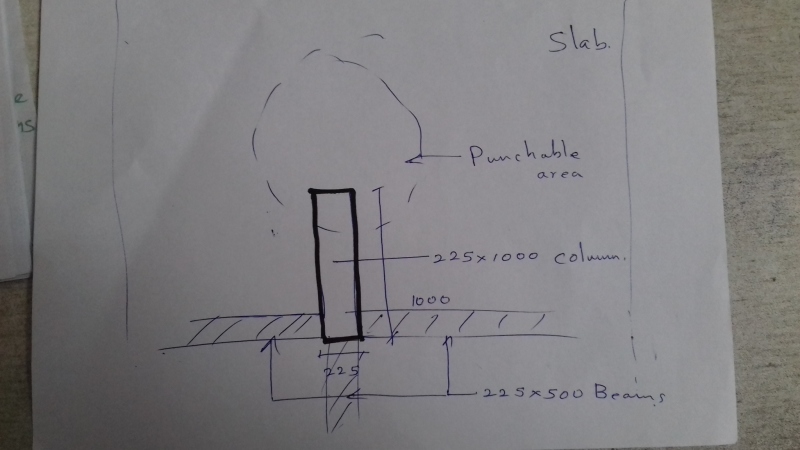ENGUCR
Structural
- Sep 23, 2017
- 37
My case is as follows
Three floor beams are meeting at a column(225x1000 mm) at one of it's edge as given in the figure attached. I wish to know whether the other end of the column will susceptible to punching failure of the slab and if so how to determine the punching perimeter of that zone
thanks in advance

Three floor beams are meeting at a column(225x1000 mm) at one of it's edge as given in the figure attached. I wish to know whether the other end of the column will susceptible to punching failure of the slab and if so how to determine the punching perimeter of that zone
thanks in advance

